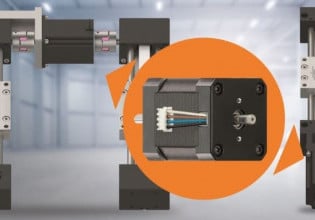W
I have a customer with a Frame 6B with Mk-V "B" panel. They need to add more 4-20 ma inputs to <Q> but have already used all the inputs on the <R> TBQC card. Is it possible to add in the field an additional TBQC (or maybe TBQF) card into <S> core?
I believe there will be hardware and software changes required. Is there any way to get a list of hardware required? Additional software files needed? Changes to existing software files? And lastly, how do you get the IO_Configurator to recognize the additional card for configuration?
Thanks for your help.
Walt Robinson
[email protected]
I believe there will be hardware and software changes required. Is there any way to get a list of hardware required? Additional software files needed? Changes to existing software files? And lastly, how do you get the IO_Configurator to recognize the additional card for configuration?
Thanks for your help.
Walt Robinson
[email protected]






